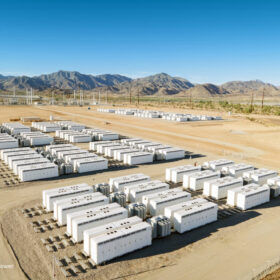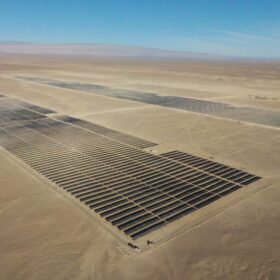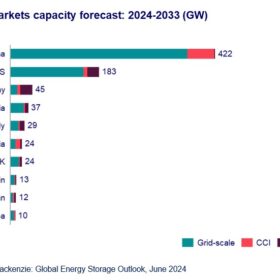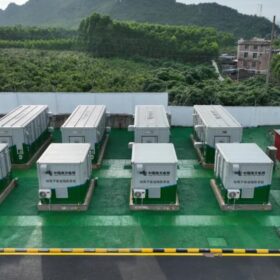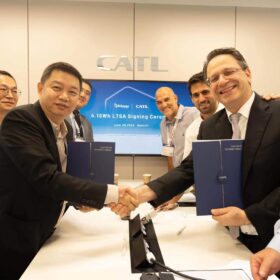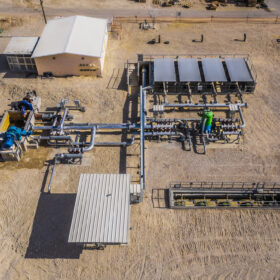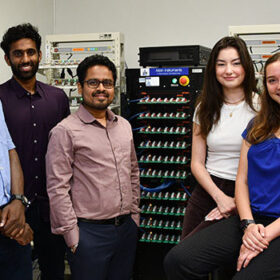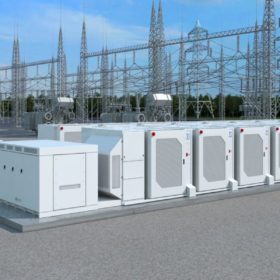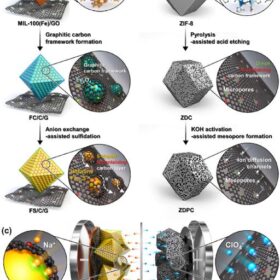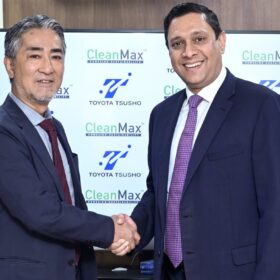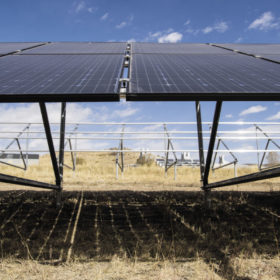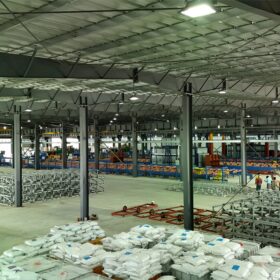Tesla lands 15.3 GWh Megapack supply contract
Tesla has received a giant order from U.S. developer Intersect Power, equating to around 165% of the total battery energy storage systems it deployed in Q2 2024, which saw the highest quarterly deployment in the company’s history to date.
Grenergy secures financing for two phases of world’s biggest battery project
Madrid-headquartered independent power producer (IPP) Grenergy has reached financial close on the first two phases of its Oasis de Atacama solar and battery energy storage hybrid project in Chile.
Global energy storage fleet to surpass 1 TW/3 TWh by 2033, WoodMac says
According to the latest forecast from Wood Mackenzie, the global energy storage market (excluding pumped hydro) is on track to reach 159 GW/358 GWh by the of 2024 and grow by more than 600% by 2033, with nearly 1 TW of new capacity expected to come online.
World’s largest sodium-ion battery goes into operation
The first phase of Datang Group’s 100 MW/200 MWh sodium-ion energy storage project in Qianjiang, Hubei Province, was connected to the grid.
CATL signs 4 GWh supply deal with Israel’s BLEnergy
Chinese battery manufacturer CATL is expanding its presence in the Middle East and Europe via a 4 GWh long-term supply agreement with Israeli integrator BLEnergy.
Fire at South Korea primary lithium battery factory kills 22
At least 22 people, most of them foreign nationals, were killed in a massive fire at a South Korean factory that manufactures non-rechargeable lithium batteries in Hwaseong city, just south of Seoul. The cause of the blaze is still being investigated.
Long-duration energy storage poised to outcompete lithium-ion batteries
While most long-duration energy storage (LDES) technologies are still early-stage and costly compared to lithium-ion batteries, some have already or are set to achieve lower costs for longer durations, finds BloombergNEF.
Bringing lithium-sulfur batteries closer to commercialization
Researchers at the University of South Carolina have successfully transitioned their highly-durable lithium-sulfur battery technology from coin to pouch cells and reported competent energy densities.
IEA calls for sixfold expansion of global energy storage capacity
The International Energy Agency (IEA) has issued its first report on the importance of battery energy storage technology in the energy transition. It has found that tripling renewable energy capacity by 2030 would require 1,500 GW of battery storage.
Sodium-ion battery could charge in several seconds
Researchers at the Korea Advanced Institute of Science and Technology (KAIST) have identified a high-energy, high-power hybrid sodium-ion battery capable of charging in just a few seconds. The system integrates anode materials typically used in batteries with cathodes suitable for supercapacitors.

